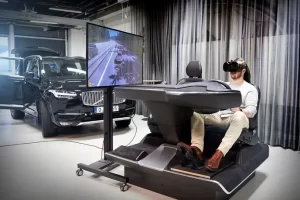Car Accident Claims: Common Pitfalls and How to Avoid Them

Filing a car accident claim might seem easy, but even small mistakes can hurt your chances of getting fair compensation. Insurance companies often look for errors to reduce or deny payouts. To protect your rights, it’s important to know the common pitfalls—and how to avoid them.
Delaying Medical Treatment
Some injuries don’t show up right away. If you wait too long to see a doctor, the insurance company may question how serious your injuries are or if they were caused by the accident. Always get medical help right after the crash and follow your doctor’s advice. Medical records help connect your injuries to the accident.
Failing to Document the Accident Scene
Good documentation is key. If it’s safe, take photos of the cars, road conditions, traffic signs, and any visible injuries. Get names and contact info from any witnesses and ask for a copy of the police report. Without clear evidence, it’s harder to prove fault and damages.
Admitting Fault Too Soon
Don’t apologize or say anything that makes it seem like the accident was your fault. Even simple comments can be used against you. Stick to the facts when talking to police, the other driver, or insurance companies.
Accepting a Quick Settlement Offer
Insurance companies often try to settle quickly and cheaply. These early offers usually don’t cover all your medical needs or lost income. Talk to a lawyer before accepting any money to make sure the offer is fair.
Not Understanding Your Insurance Policy
Many people don’t fully know what their insurance covers until after a crash. Learn about your policy—what it pays for, your deductible, and whether you have coverage like uninsured motorist protection. This knowledge can help you make better choices after an accident.
Trying to Handle the Claim Alone
Insurance adjusters work for their company—not for you. A car accident lawyer can help deal with the insurance company, handle paperwork, and fight for the compensation you deserve.
Avoiding these common mistakes can make a big difference in your car accident claim. Being informed and getting legal help early can protect your rights and improve your outcome.
This post was written by a professional at Car Accident Lawyer. Have you been involved in an accident? Secure the expert legal representation you need with a trusted car accident lawyer in Florida. Our dedicated attorneys will take the time to review your case in detail and create personalized strategies to meet your unique circumstances. Click here to learn more!


